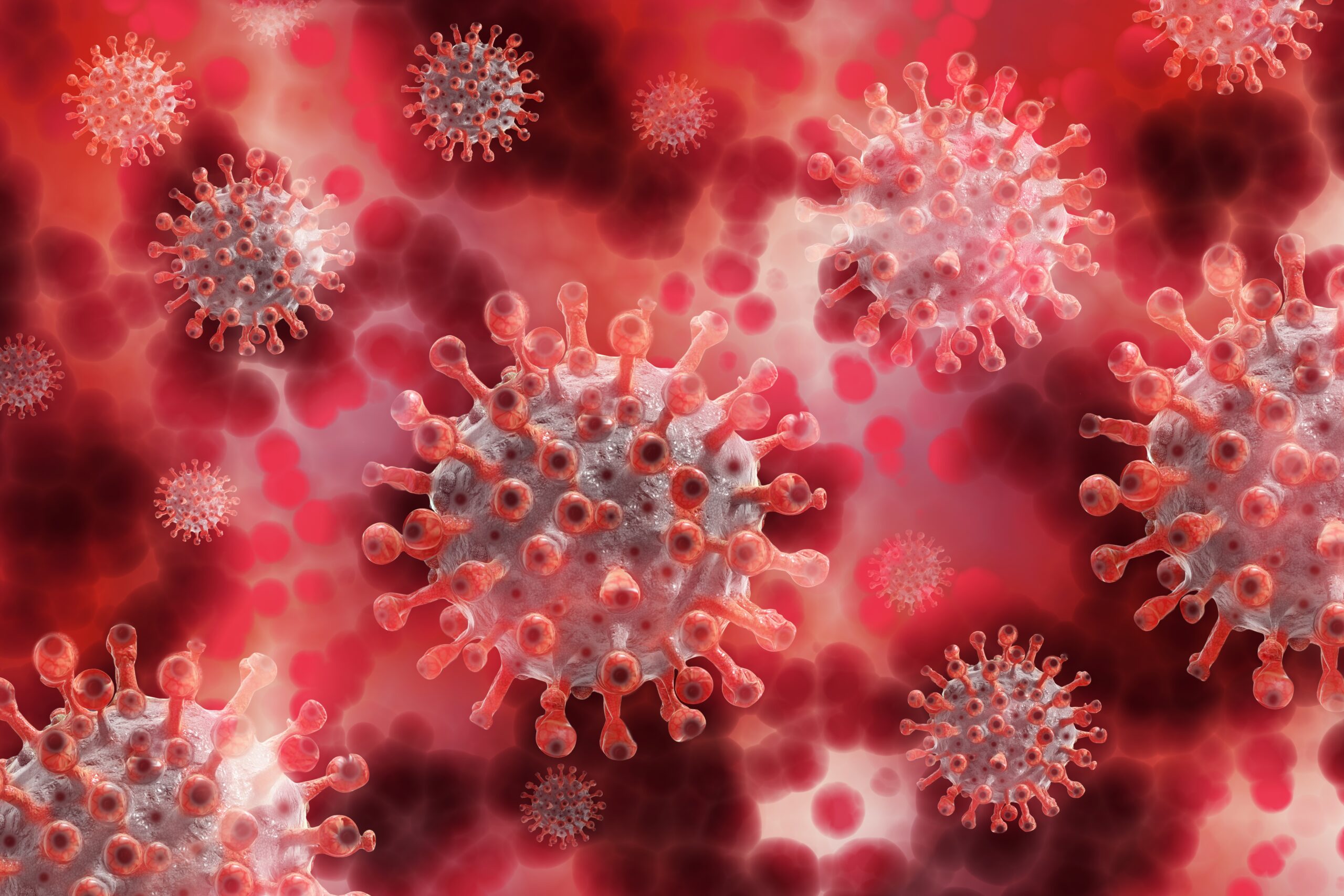
Figure 1-1: COVID Kraken Variant
The “Kraken variant” of COVID-19, which was first discovered in 2022, is now a major global threat. According to the World Health Organization, the new sub-variant has spread to at least 37 countries and is currently the most transmissible strain.
At the beginning of December, it only made up2%of all cases in the US; this week, it has increased to about 28% of COVID-19 patients, making it the second-most prevalent strain in the nation. The US Centers for Disease Control and Prevention’s most recent estimates have risen above 70% in some regions.
1. Why is the XBB.1.5 variant known as the Kraken?
Some people refer to the XBB.1.5 strain as the “Kraken variant” because it is a descendant of the omicron XBB subvariant, created by crossing BA.2.75 and BA.2.10.1.
Since WHO first identified the original XBB variant as a concern last October, it has already caused waves of infection in countries such as Singapore and India.
Maria Van Kerkhove, WHO’s COVID-19 technical lead, stated at a recent press conference that XBB.1.5 is “the most transmissible sub-variant that has been detected yet.”
2. Is the Kraken variant more transmissible?

Figure 1-2:’Kraken’ Variant is termed as transmissible.
Scientists are still determining how much more transmissible XBB.1.5 is. Initial data, however, clearly shows that the variant is spreading very quickly; in the US, the virus is expanding at a rate 12% faster than other coronavirus types.
“Researchers claim that the sub-variant has a much stronger affinity for ACE2, a crucial receptor for the virus, making it easier to bind and increase its transmissibility.
Higher transmissibility, in turn, means more people are likely to get infected and suffer severe outcomes.
UK Health Security Agency (UKHSA) now says thatXBB.1.5 could soon become the most dominant strain of coronavirus in the UK.
3. What are the symptoms of the XBB.1.5 variant, and how do they differ?
According to current data, the symptoms are similar to previous strains, with no evidence of more severe infection. Recent COVID-19 mutations have resulted in less severe disease. This is because, to survive, the virus must give up something, in this case, its ability to harm.
According to the NHS, the following are the main symptoms of COVID-19:
- A high temperature means you feel hot when you touch your chest or back (you do not need to take your temperature).
- If you cough more than 2 to 3 times or have episodes of cough in 24 hours, then you should consult your doctor.
- A loss or change in your sense of smell or taste – you’ve noticed that you can’t smell or taste anything or that things smell or taste different than usual.
- Shortness of breath
- Feeling exhausted
- An aching body
- A headache
- A scratchy throat
4. How dangerous is XBB.1.5?
At the moment, scientists believe that XBB.1.5 is not more likely to cause serious disease in a single person than prior variants. Although XBB.1.5 is much more transmissible than previous coronavirus variants, there are concerns that it could infect many people. And as more people become infected, there is a greater chance of some of them becoming seriously ill.
Should we be concerned about a large outbreak of XBB.1.5 cases? “Absolutely,” says Rossman. “Anything that makes the virus more transmissible increases the number of hospitalization of people at risk, and even if the virus’s severity remains unchanged, more people may become ill.”
5. Can the Kraken variant cause a fresh wave of cases?
Following the UK, the US has experienced a significant increase in cases. While the proportion of XBB.1.5 infections is lower in other countries, experts warn that the situation could quickly change.
XBB.1.5 may cause an increase in the number of cases in Europe, though this is unlikely to happen in January because it is currently present atlow levels.
6. Hospitalization rates are rising rapidly in areas where the Kraken variant is spreading.
Hospital admissions are increasing dramatically in areas of the United States that were hit by the Kraken early on. Rates are comparable to those of the original COVID-19 virus and the omicron variant in people aged 70 and over.
hospitalization rates that we’ve seen in the pandemic overall.” All ages collectively are experiencing an increase in hospitalizations, but those over 70 and those most at risk are disproportionately affected.
7. How to stay safe?

Figure 2-1: COVID Kraken booster shot
- Vaccinate yourself
- In public spaces, wear a mask.
- Keep your distance from people, especially if they have symptoms.
- Regular hand washing
- If you are experiencing symptoms, you should get tested.
- Stay at home if you are sick or have COVID-19 symptoms.
8. Could COVID be coming to an end soon?
COVID-19 is unlikely to disappear entirely. There are numerous unknown variables. Virologists believe it behaves like other coronaviruses, which cause the common cold. Like most of our viruses, it might come back every so often.
Viruses in previous epidemics eventually reach a saturation point, implying that most of the population will be or has already been infected. The epidemic will naturally subside when the virus has fewer people to infect.
We can only hope that this won’t result in a pandemic but anendemic. An endemic disease is still present but at a more manageable level, not causing spikes in mortality, for example. Instead, the condition is more manageable because it does not overwhelm the system. If COVID-19 is not eradicated, it is hoped to become more similar to the common cold.
Final Words
Understandably, many people are tired of dealing with COVID-19 issues, but now is not the time to relax our guard.
The best way to avoid infection and hospitalization is to use tried-and-true public health strategies. Staying up to date on vaccinations and wearing a mask in crowded indoor areas are examples of healthy practices that protect you, your family, and the community.
More vaccinations and booster shots in our community and country need to increase. Evidence suggests that those who have had their COVID-19 vaccinations up to date will remain protected against severe disease, hospitalizations, and death – even with the most recent variants. Stay safe and learn more from #1 AAA CE Trainings continuing education training, eetsonline.com/ce.
